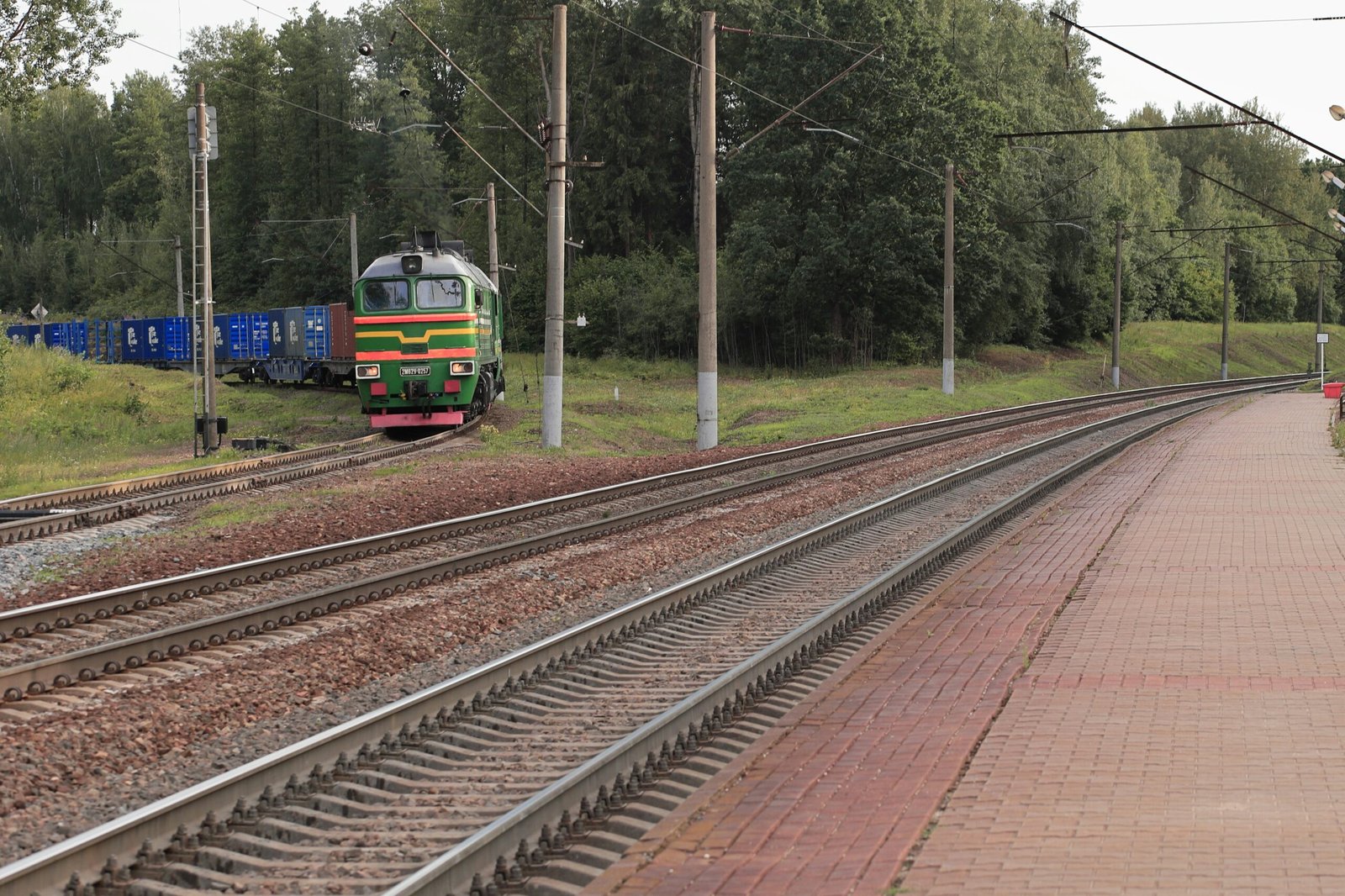The Kowloon-Canton Railway, also known as the KCR, is a historic railway that connects Hong Kong with mainland China. This railway has a rich history and offers a unique travel experience for both locals and tourists alike. In this blog post, we will delve into the fascinating story of the Kowloon-Canton Railway and explore the scenic landscapes it traverses.
A Brief History
The Kowloon-Canton Railway was first established in 1910 as a means to connect Hong Kong with the neighboring city of Guangzhou in Guangdong Province, China. The construction of the railway was a monumental engineering feat, involving the building of bridges, tunnels, and stations.
Over the years, the KCR has undergone significant transformations and expansions. Today, it consists of several lines, including the East Rail Line, West Rail Line, and Ma On Shan Line, providing convenient transportation options for commuters and travelers.
Scenic Landscapes
One of the highlights of traveling on the Kowloon-Canton Railway is the breathtaking scenery that unfolds along the journey. As the train makes its way through the countryside, passengers are treated to stunning views of lush greenery, rolling hills, and picturesque villages.
One particularly scenic section of the railway is the journey from Hong Kong to Guangzhou, which takes passengers through the beautiful New Territories. This region is known for its idyllic landscapes, including wetlands, mountains, and traditional villages. The train ride offers a unique opportunity to witness the beauty of rural Hong Kong and experience a slower pace of life.
Another notable section of the KCR is the West Rail Line, which runs from Tuen Mun to Hung Hom. This route takes passengers through the bustling urban areas of Kowloon and provides panoramic views of the city’s iconic skyline. The contrast between the modern cityscape and the natural beauty of the surrounding mountains creates a captivating visual experience.
Heritage Stations
Throughout its long history, the Kowloon-Canton Railway has preserved several heritage stations that showcase the architectural styles of different eras. These stations not only serve as functional transportation hubs but also offer a glimpse into the past.
One such station is the Hung Hom Station, which was built in the 1920s and features a blend of traditional Chinese and Western architectural elements. This iconic station has witnessed many historical moments and continues to be a bustling hub for travelers.
Another notable heritage station is the Tai Po Market Station, which was built in the 1910s. This charming station is a perfect example of colonial architecture and is surrounded by a vibrant local market. Visitors can explore the nearby streets and sample delicious local delicacies.
Modern Amenities
While the Kowloon-Canton Railway has a rich history, it also offers modern amenities to ensure a comfortable and convenient travel experience. The trains are equipped with air conditioning, comfortable seating, and onboard facilities such as restrooms and food outlets.
Additionally, the railway stations are well-maintained and provide various services for passengers, including ticketing counters, information desks, and shops. Travelers can easily navigate the stations and access other modes of transportation, such as buses and taxis.
Conclusion
The Kowloon-Canton Railway is not just a means of transportation; it is a journey through history and picturesque landscapes. Whether you are a history enthusiast, a nature lover, or simply looking for a unique travel experience, the KCR has something to offer. Hop on board and embark on a memorable adventure along this iconic railway.

